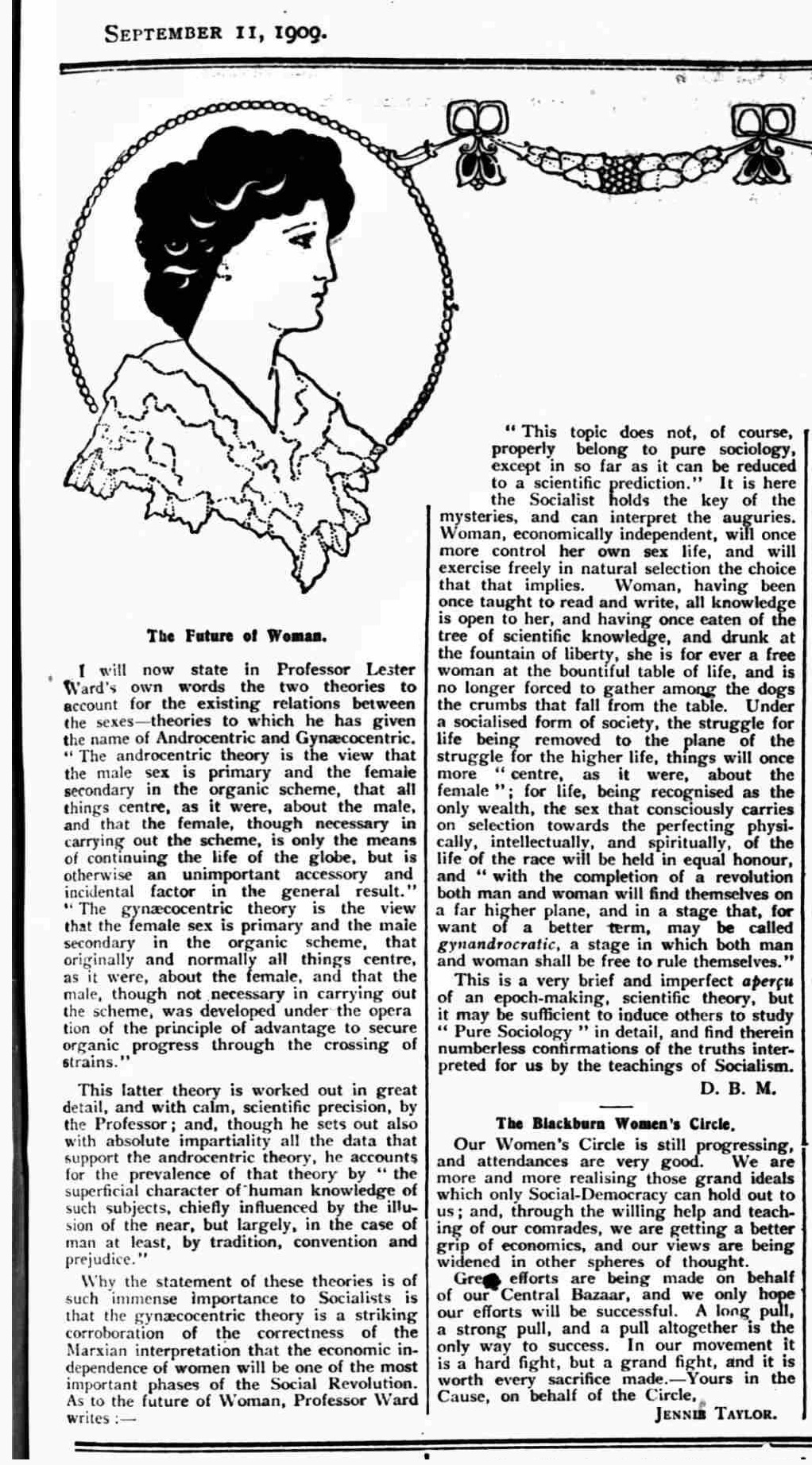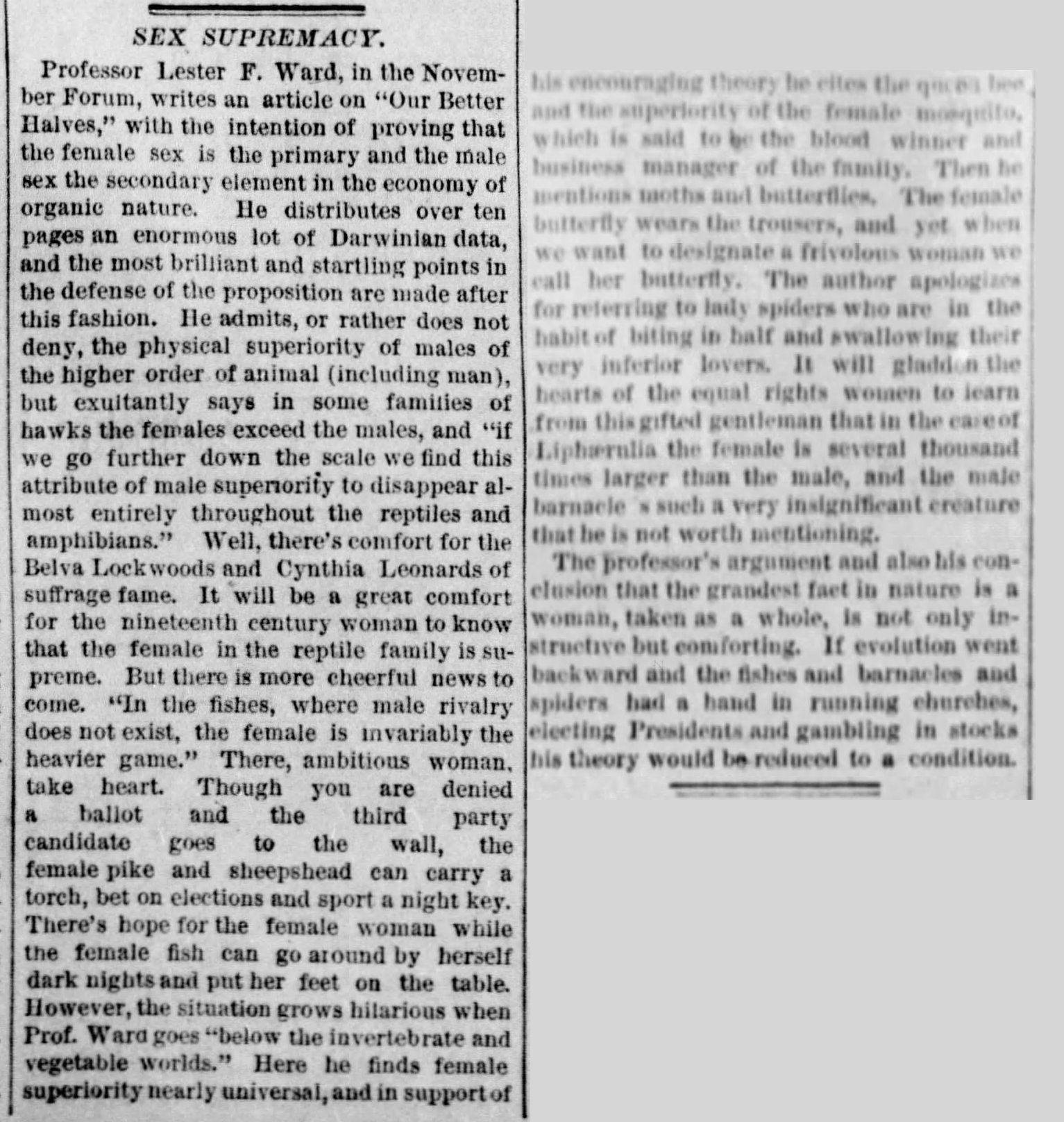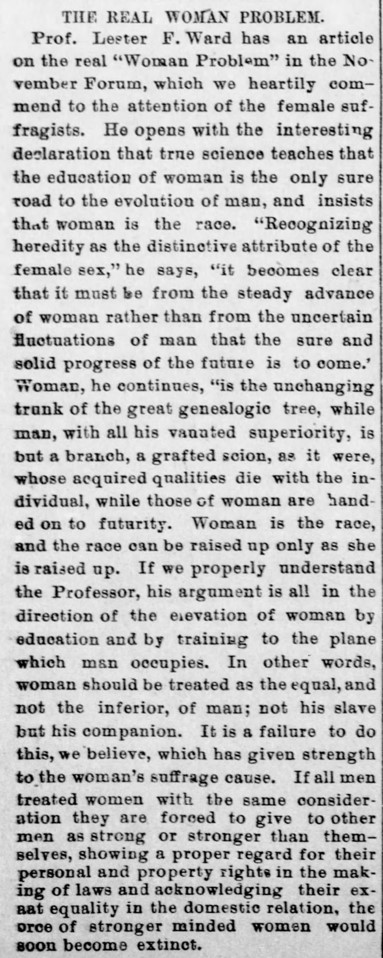*This article first published at The Centre For Male Psychology.
At fifteen years of age I left school to start a blacksmithing trade. It was a physically demanding job but at the same time it was immensely creative and satisfying to learn about the physical properties of metals and their various states of malleability. When metal is in a red hot state it’s similar in consistency to potter’s clay which can be easily pushed, pulled, stretched, twisted, flattened, or poured – pretty much whatever you wanted to do with it. The only limitation was knowledge of how to use the hundreds of different grabbing tools, pincers, tongs, clamps, and hammers, but like any skill this would all come in time, with practice and with quality male mentorship.
While on the path of learning these skills I noticed a subsidiary layer of activity that was always accompanying the work, a psychological layer of emotional processes that seemed to mysteriously mingle with each task. If I was enjoying life, I tended to marvel more at the rainbow colours that would appear in the metal when grinding or heating it to varying degrees, or if I was experiencing frustration, anxiety or anger about something, I noticed that I was hammering a hot blade more aggressively than usual, generating a strange kind of relief and, I discovered, even further relief if I deliberately hit the object harder and with extra blows. Yet again I learned that if my hammering was getting too feverish I could at any moment choose to “quench” the hot blade in cold water, bringing an altogether different kind of relief.
“In fact not only the tasks of blacksmithing, but any physical activity soon revealed itself as a project I would ‘use’ for a canvas to regulate emotions”
Even at this young age I was consciously aware of how I was regulating my emotions via these acts, and of how this strange synchronicity of tasks formed a compliment. I also learned to make good use of physical work to regulate my emotions when I needed to establish any kind of baseline equilibrium. This wasn’t a result of some special genius or education, nor from doing sessions with a psychologist or counsellor – it was my male nature understanding how to regulate itself.
In fact not only the tasks of blacksmithing, but any physical activity soon revealed itself as a project I would ‘use’ for a canvas to regulate emotions, and I could equally choose which physical activity to engage in based on what my desired outcome was – release of anger or frustration, to generate comfort, or perhaps to affirm or increase my enjoyment of life. All of this happened in a natural way as I engaged in work, various sports, and recreational activities (as it does for most men) without need to say a single word about my feelings to anyone. Furthermore, not only was I able to regulate my own emotions in this way, but I found I could equally use these techniques to help regulate the emotions of friends and family; if a friend was struggling in some way I would invite them on a mountain hike, camping, fishing, or to the cinema where they could quietly undergo the secret alchemy that I had found so helpful. Helping friends made me feel good too… was there anything I could not do with this wisdom?
As for most young men this made intuitive sense, though I would later add a layer of sophistication to that understanding when I studied the psychology of emotional processing. There I learned that while people can express emotions via physical acts and gestures, or alternatively by conversing about emotional issues, men tend to specialise more in action-based regulation of emotion than do women who tend to specialise more in verbal regulation of emotions.
With this acquired knowledge about men’s emotional awareness, imagine my surprise when I opened a study booklet written by one-time APA president Ronald Levant, published in 1997, claiming most men cannot understand their own nor other people’s feelings: “One striking and far-reaching consequence of the male socialization ordeal is the inability to differentiate and identify their emotions… In its most basic sense, to live detached from one’s emotions is to live isolated from oneself as well as from others – a condition that precludes true intimacy.”1
This claim forms the basis of the theory that most men are severely lacking in emotional intelligence, and that even were they to discover some fragments of emotional awareness they would not know how to express it in words, such is the depth of male handicap. Levant refers to this condition as a normative male form of ‘alexithymia’ (a term meaning low emotional intelligence) which results in men being unable to read their emotions,2 and he adds: “Lacking this emotional awareness, when asked to identify their feelings, they tend to rely on cognition and try to logically deduce how they should feel. They cannot do what is automatic for most women – simply sense inwardly, feel the feeling, and let the verbal description come to mind.”
“…a woman might talk with her melancholic friend about what is worrying her in order to cheer her up; the man may invite the same melancholic friend to the movies”.
According to this theory, men’s lives are guided by action empathy, which are said to be an inadequate substitute for genuine emotional empathy, a skill typically displayed by most women. Action empathy is defined as the ability to see physical motivations from another person’s point of view, and to focus on which concrete actions those people might perform, but that men otherwise do not understand emotional empathy in the way women do – women who are able to take another person’s perspective and know how they feel. Levant states, “Action empathy also differs from emotional empathy in terms of its aim. Emotional empathy is usually employed to help another person and is thus prosocial, whereas action empathy is usually employed in the service of the self.”1
As a result of men’s claimed low emotional intelligence, they are said become strangers to their own emotional life, unconsciously transmuting their vulnerable emotions into anger and aggression, while also tending to extrude their caring emotions through the narrow channel of sexuality.3
Far from being evidence of low emotional intelligence, however, men’s tendency to use action can be better understood as a form of emotional acumen. Some studies of emotional processing indicate that men and boys are able to identify the specifics of emotional arousal in themselves and others as well as do women – emotions like jealousy, love, anger, sadness, anxiety, and so on. For example, one study of 1285 men and women found that while women were more proficient at verbalizing feelings, men and women were equally proficient at identifying feelings,4 and another study by Fischer et al.5 of more than 5000 participants’ ability to perceive facial emotions found “no gender differences in the perception of target emotions”. Fischer et al. comment that this finding “diverges from various earlier reviews and meta-analyses on gender differences in emotion accuracy”.5 They speculate that this difference might be because earlier research tended to use student samples, whereas the participants in their study were from a range of ages and backgrounds.
The second observation, as outlined above, is that men and boys may choose to regulate emotions not by verbalising them so much (women’s preferred method) but by taking intelligent action. By way of example a woman might talk with her melancholic friend about what is worrying her in order to cheer her up; the man may invite the same melancholic friend to the movies; both responses – talking, or acting – serve to intelligently modulate emotions.
“The two ways of regulating emotions have implications for the field of mental health, which relies predominately on talking therapy – in particular talking about feelings.”
It is an error to conflate these two separate features of emotional processing as if they were one and the same: 1. recognising emotions, or 2. verbalising feelings. Men, like women, can usually recognise the full range of emotional phenomena but they may choose to respond to that knowledge in a very different manner than does the average woman. Men often choose to respond to such awareness by doing something pragmatic instead of verbalising feelings.
Talking about doings
The two ways of regulating emotions have implications for the field of mental health, which relies predominately on talking therapy – in particular talking about feelings. Does this not suggest that there could be, and perhaps needs to be, more emphasis on discussing the therapeutic value of action? It may not be practical to conduct therapy while engaged in physical activity such as a gym workout or while out walking in the streets, but the therapeutic discussion can at least focus more on the “doing” aspects of a man’s life. For example a therapist might ask how did problem XYZ make a man act out, along with exploring which physical activities or responses might help a him to modulate such emotions more optimally in future. Does riding a Jet Ski, or going for a jog, or building some wooden furniture make him feel better or worse? What about creating art or playing music? Does that difficult manoeuvre in the video game remind of difficulties in his relationship with his girlfriend? Does the same video game provide some optimism that if he can get past the difficult manoeuvre within the game then perhaps he can find a way around the impasse with his girlfriend? Activities like these provide a symbolic canvas on which men project, and then work through various scenarios of real life, with potential to shift affective resonances in the process.
When a man talks about how he operated a lathe, did some welding, restored a bit of discarded and broken furniture, might he be sharing a strategy of how he successfully redirected suicidal feelings? Perhaps we should not be so quick to shut down these conversations with accusations of being work obsessed, effectively stymieing natural male expressions with injunctions to talk less about activities and to communicate more effusively with feelings words. For many men, activities are the preferred canvases on which they can process feelings and carve out some genuine psychological equilibrium.
This is probably a reason why men talk so much about work, sports, building things, computer games, recreational activities – it may be their preferred way of communicating the ways they wrestle with psychological issues. Sadly, the therapeutic industry is quick to chastise men’s preference for intelligent actions, conflating them with pathological reflexes such as unconscious acts of aggression, dependence on drugs and booze, and other destructive versions of “acting-out” as they are so often branded.
Therapies centred in discussion of physical activities, or conversely centred in sharing strings of feeling-words, can both serve as forms of communication. With this in mind it’s perhaps time for therapy to free itself from looking exclusively into the mirror of feelings so it can look out of the window at the range of concrete activities that also serve psyche. The reaction of men to this approach might surprise us all.
References:
[1] Ronald F. Levant, Carl Sherman, Men And Emotions: a Psychoeducational Approach (Assessment and Treatment of Psychological Disorders) , pp. 9-10, Newbridge Publications (1997 )
[2] Pleck, J. H., Levant, R. F., & Pollack, W. S. A New Psychology of Men. pp.238-239, New York : Basic Books (1995)
[3] Levant, R. F. (1996b). The new psychology of men. Professional psychology: Research and practice , 27(3), 259 .
[4] Salminen, J.K. ‘Prevalence of alexithymia and its association with sociodemographic variables in the general population of Finland,’ Journal of psychosomatic research, vol. 46, no1, pp. 75-82, 1999
[5] Fischer, A. H., Kret, M. E., & Broekens, J. (2018). Gender differences in emotion perception and self-reported emotional intelligence: A test of the emotion sensitivity hypothesis. PloS one, 13(1), e0190712.









